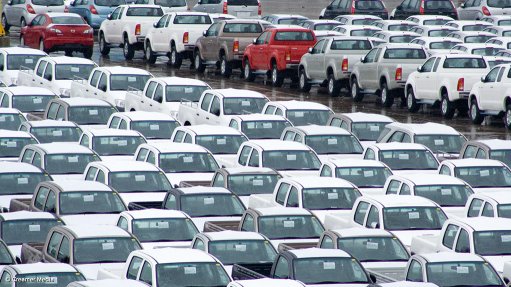
New-vehicle sales in the domestic market declined by 3% in 2024, to 515 712 units, compared with 2023.
This follows a 0.5% growth in 2023, a 13.9% increase in 2022, and a 22.2% jump in 2021.
naamsa | The Automotive Business Council says last year’s market decline comes despite a strong recovery in the final quarter, backed by easing inflation, two interest rate cuts and resurgent sales to the rental industry.
Passenger-car sales were up 1.1% last year compared with 2023, reaching 351 302 units, while all the other segments faced downward pressure.
Light commercial vehicle sales were down 12%, to 133 254 units, medium commercial vehicle sales dropped by 6.5%, to 7 714 units, and heavy trucks and bus sales declined by 4.9%, to 23 442 units.
New-vehicle export sales in 2024 decreased to 390 845 units, down 2.2% compared with the record performance of 2023 when the industry exported 399 809 units.
naamsa says the decline in exports was driven mainly by a slowdown in demand in Europe, owing to low economic growth, stricter emission regulations, and increasing competition from cheaper Chinese electric vehicle imports to the EU.
The EU is set to ban internal combustion engine vehicles in 2035, with South Africa not yet producing any battery electric vehicles.
Exports were also somewhat impacted by a major South African vehicle exporter readying for a model change, with demand declining for the outgoing model.
Looking Ahead
naamsa believes that further interest rate cuts this year could support domestic vehicle affordability across all segments.
Sales could also be bolstered by recovering business and consumer sentiment, and improved economic growth.
These factors could combine to see single-digit improvement in the local new-vehicle market in 2025.
New-vehicle exports could also return to positive territory, but only in the medium term, with modest economic growth expected in South Africa’s major export markets. Escalating trade tension could also have an impact on export numbers.
![]()